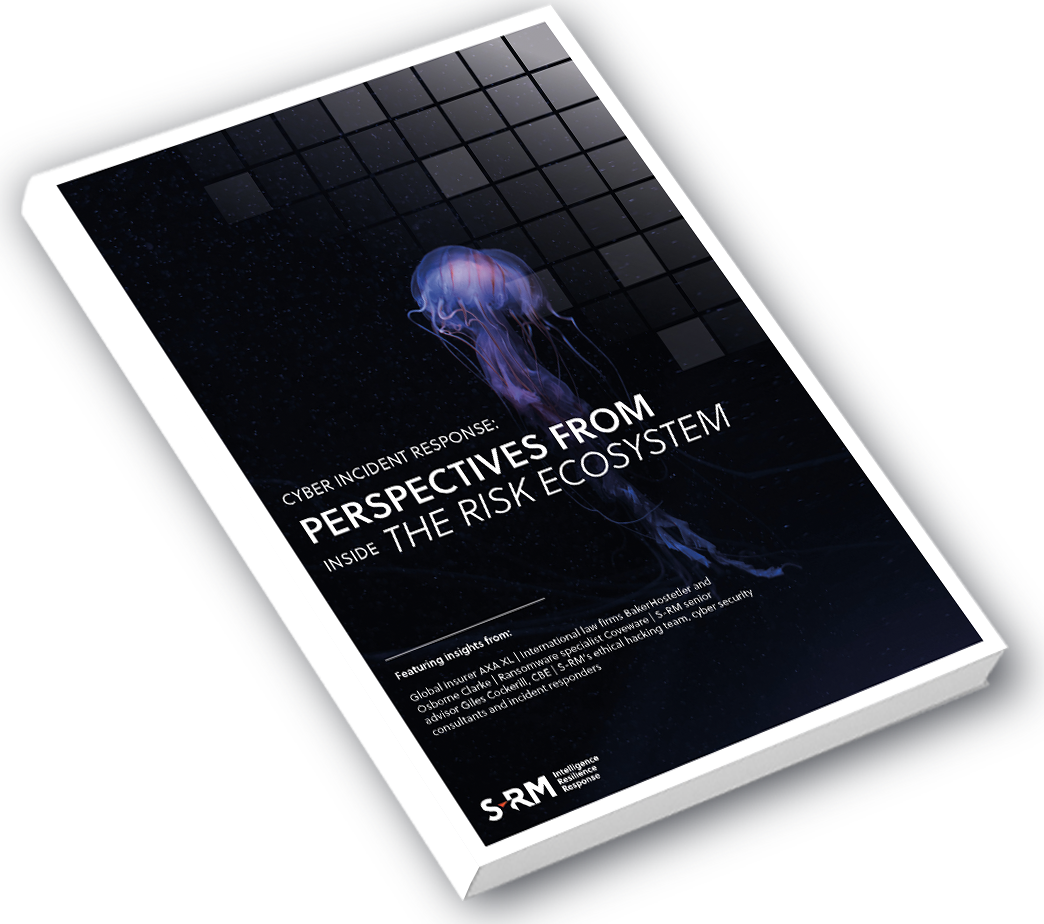Uncertainty and (dis)information:
As the new coronavirus (COVID-19) spreads globally, with cases growing exponentially across all continents, so do fear and uncertainty among the population.
Uncertainty drives increasing demand for information, as individuals look for answers and reassurance in data, expert knowledge and scientific advice. At the business level, companies are seeking reliable information to help them better understand the threat posed by the virus and to better plan and adapt to the measures that governments take to tackle it.
At the same time, the growing demand for information and clarity creates opportunities for spreading disinformation. As the demand for reliable and regular information outstrips the supply of guidance and advice by national authorities, the gap is filled by other, unofficial and unverified sources of information. For instance, over the past few weeks, Russian media outlets have been sharing disinformation about the coronavirus and the measures that European governments are taking in response to the outbreak. An unpublished EU document on this disinformation campaign reportedly outlines several false claims and arguments that have been extensively shared across traditional and social media, including claims that the virus was artificially made in a US lab and was being used as a biological weapon. Although not verified, such claims have been widely shared through several media outlets in different European languages.
“Widespread disinformation could ultimately threaten the effectiveness of states' measures to contain and address the spread of the virus”

Tackling the problem
Whether Russia or other state actors encouraged or supported efforts to spread disinformation is of limited importance. As long as such messages spread, regardless of their origin, they are potentially harmful. False claims can spread confusion and panic among the population. In times when it is critical for all to follow official advice, contradictory claims can make citizens reluctant to do so. In this way, widespread disinformation could ultimately threaten the effectiveness of states’ measures to contain and address the spread of the virus, leading to more infections and a greater burden on public and health services. Therefore, despite the pressing medical emergency, tackling disinformation about COVID-19 must not be neglected.
“Despite the pressing medical emergency, tackling disinformation about COVID-19 must not be neglected”
While it is regrettable to witness attempts to undermine global efforts to address an evolving pandemic, there is limited scope to prevent them. However, what governments and business can do is to limit their vulnerability to disinformation. Governments can streamline their provision of regular and clear information to the public and invest in boosting media literacy among the population. For businesses, strengthening capacity to verify and authenticate information will be critical.
Spotting disinformation
Disinformation around COVID-19 often contains a mixture of accurate and misleading content. This presents difficulties when it comes to separating facts from conspiracy theories and other false narratives. However, disinformation can usually be identified by interrogating some of the following questions and looking out for tell-tale signs:
- Who is the publisher? Disinformation is published primarily by sources with no strict editorial oversight and low fact-checking standards, as well as by outlets funded by foreign governments.
To assess the reliability of a media outlet, it is important to identify its general point of view. This can often be found in its self-description or About section. Outlets which spread disinformation or misleading content usually claim to provide “alternative” views, seek “truth”, and position themselves as counterparts and correctives to the “mainstream media”. For example, South Front, a US online media outlet that frequently publishes unverified information - such as claims that COVID-19 was “created in a bio-lab” by the US ruling elites to increase their political power and to “take control over our lives”, - defines itself as an alternative to the mainstream media.
It is also useful to identify the publisher’s owners and stakeholders to understand whose interests these sources might represent. For example, media outlets owned by authoritarian governments, such as Russian Sputnik News and RT or Chinese CGTN, are highly likely to publish biased information to proliferate their respective political agendas. While some of these outlets do not conceal their state ownership, there are multiple disinformation websites whose links to foreign governments are much less apparent. The domain of the above-mentioned South Front, for example, is registered in Russia and it has been previously named a “Russian proxy site”.
There are numerous online platforms, such as Media bias / Fact Check and AllSides Media Bias Ratings, that help mitigate editorial bias by rating news media sources by their factual accuracy and political agenda.
- What sources are cited? A prominent hallmark of disinformation is the lack of legitimate sources.
While reputable media outlets will quote well-established institutions such as the World Health Organization, non-credible media outlets and suspicious social media profiles either avoid citing sources completely, or quote seemingly legitimate, though vague and unspecified, sources.
For instance, on 12 March 2020, Daily Express, a UK tabloid newspaper, published an article citing an interview with Dr Francis Boyle, an international lawyer, who made unsubstantiated allegations calling COVID-19 a biological weapon at Info Wars. Info Wars is a YouTube show hosted by Alex Jones, a US radio show host and far-right conspiracy theorist. Given the nature of this show and the large volume of disinformation regularly spread by Alex Jones, Dr Boyle is unlikely to be a legitimate source of information on COVID-19. The article lacks legitimate sources on the subject more generally as well.
- How is the information being shared? Disinformation regarding COVID-19 often spreads through social media platforms and messengers such as Facebook, Twitter, and WhatsApp.
Some of the social media profiles spreading disinformation may mimic accounts of legitimate news sources, while others present themselves as regular individuals possessing “secret knowledge”. Profiles that form part of a disinformation campaign also frequently urge readers to share their posts as much as possible.
There are multiple Facebook profiles sharing almost identical disinformation messages regarding home treatment and the prevention of COVID-19, which have been refuted by numerous legitimate sources such as the World Health Organization. All of these messages urge their readers to share the information online. Moreover, in line with our previous point on the lack of legitimate sources, the messages often cite various, vaguely defined sources such as “Taiwan experts” or “Stanford Hospital board”.
Rather than representing real individuals, many of these profiles are often “trolls” or “bots” programmed to spread disinformation online. On Facebook or Twitter, for example, it is useful to investigate these profiles to evaluate their activity history or number of followers. If the profile was created recently, its posts appear to cover similar topics, and it lacks followers or other real human interactions, it is likely to be a bot.
- How accurate are the headlines? Articles containing disinformation often use misleading and/or sensationalist headings to attract more readers.
Once a reader engages with the full article, they will likely discover that claims made in the article’s headline are not substantiated or evidenced. However, according to multiple psychological studies, misleading headlines can significantly affect how readers perceive and remember the information in the actual article. This method can therefore also contribute to the proliferation of disinformation.
Daily Express has used misleading and sensationalist headlines regarding COVID-19 on multiple occasions. For example, the heading of the abovementioned article citing Dr Boyle at Info Wars was “Coronavirus shock claim: Smoking gun of Chinese lab leak exposed by bioweapons expert.”
Moreover, Sputnik used a misleading heading in an article from 23 March 2020 called “Chinese Ambassador Says Coronavirus Conspiracy Was First Initiated in US”. The vague nature of the headline may mislead a reader into thinking that the virus originated in the US. In reality, the article cites a Chinese official who accused the US of initiating “unsubstantiated” allegations regarding China’s poor management of the virus outbreak. In fact, the unsubstantiated narrative of the virus being artificially created in the US has been widely promoted by Russian and Chinese state-owned media.
- Is the story covered elsewhere? Surprising, controversial, or upsetting content, which does not appear to be available on other, well-established and credible websites, is a sign of disinformation.
The controversial nature of this type of content increases the likelihood of it being shared by the reader, especially if it is in line with the reader’s pre-existing beliefs.
For example, on 15 March 2020, Sputnik published highly controversial and unsubstantiated allegations that the virus was “invented in Latvia”. It is possible to fact-check such information using various online platforms which identify and refute the most common myths regarding various issues, including COVID-19.
- How well-written is it? Poor spelling and grammar and a sensationalist style are more characteristic of disinformation.
Multiple spelling mistakes, low standards of English, an overly dramatic style of writing, or frequent use of capital letters to emphasise the importance of certain statements all indicate that media outlets using such methods are likely to publish disinformation.
For instance, articles published by the above-mentioned South Front are characterised by a sensationalist writing style and contain multiple grammar mistakes.
For those who are unsure about the authenticity of a piece of information regarding COVID-19, run through the above questions and identify any red flags. Below is a list of reliable fact-checking online resources which may also support efforts to identify and counter disinformation amidst the COVID-19 crisis.
- Media bias / Fact Check
- AllSides Media Bias Ratings
- Full Fact, a UK independent fact checking website
- EU vs Disinfo, the anti-disinformation project of the European Union
- Snopes, a fact-checking platform
- BBC Reality Check, a fact-checking blog run by BBC, a UK public service broadcaster
- The Fact Check, a fact-checking blog run by the Channel 4, a UK public service television network





 Email Cvete
Email Cvete






 @SRMInform
@SRMInform
 S-RM
S-RM
 hello@s-rminform.com
hello@s-rminform.com

